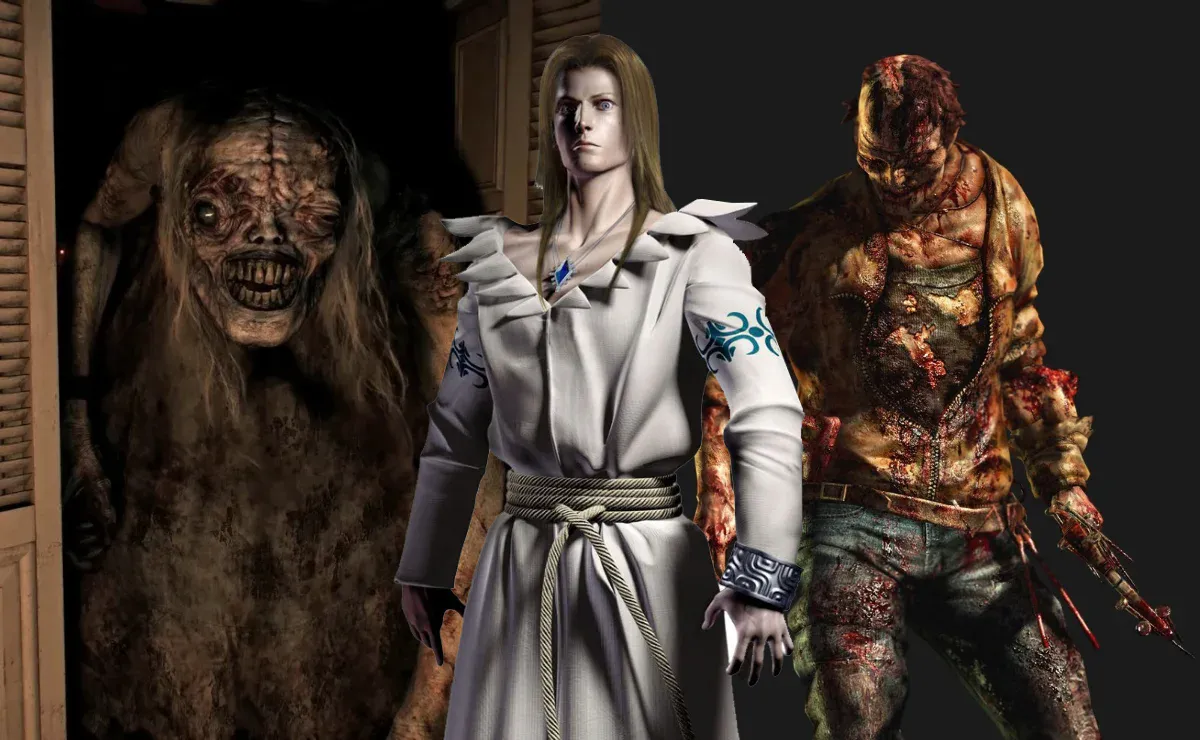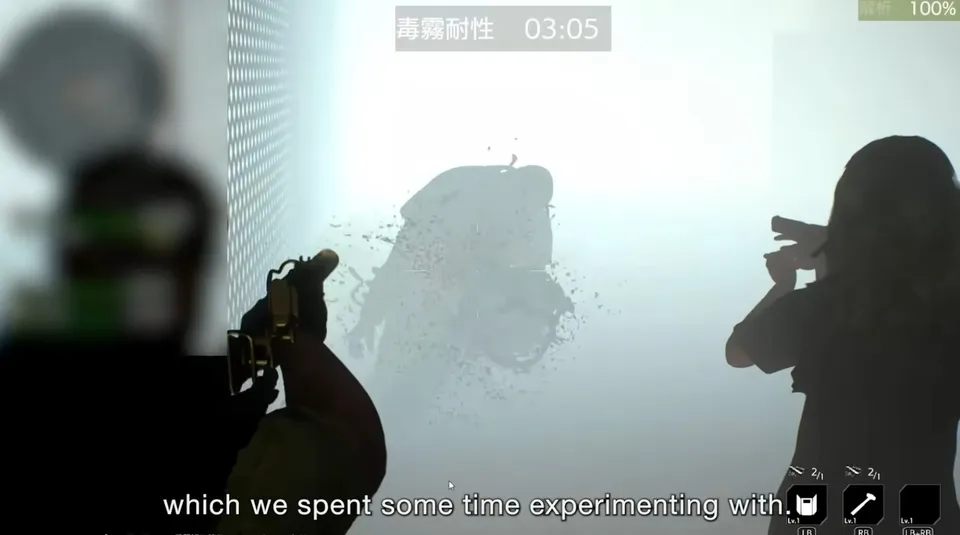Stalker Resident Evil Requiem and the Long History of Light-Sensitive Monsters
Weakness to light is not new in Resident Evil. This article discusses the origins and biological meaning behind monsters like Stalker, Afflicted, and Queen Leech.

In Resident Evil Requiem, players face a new creature called the Stalker — a large, fast, and deadly enemy that adds tension to the game. Its weakness is sensitivity to light, but its speed and ability to move on ceilings make it a threat that demands a stealth and avoidance approach rather than frontal confrontation.
The Stalker Figure — design & threat
Stalker is introduced as a terrifying B.O.W. (Bio-Organic Weapon): muscular, big-toothed, and agile. It can crawl on ceilings then suddenly pounce on victims from above — an attack pattern that makes it ideal as a surprise predator. Its speed and physical strength make direct confrontation highly risky; instead of relying on shooting, players are encouraged to use disguise, hidden positions, and environmental traps to outsmart this creature.
Weakness: light as a defense tool
A key detail about the Stalker is its vulnerability to light. Spotlight or direct exposure disturbs it — giving players a chance to escape or execute targeted attacks. However, this is not a guarantee of victory: because it is fast and aggressive, the moment to exploit its sensitivity is brief. Players are advised to carry controlled light sources (e.g., flashlight, temporary lamps, devices that reflect light) and plan escape routes when the Stalker is spotted.
Why are some RE enemies sensitive to light?
The phenomenon of weakness to light is not new in the Resident Evil series. Its origins vary, often related to conditions before or during infection:
- Trauma and dark environment before mutation — the case of Afflicted (Resident Evil: Revelations 2) shows that subjects tortured and confined in darkness for long periods experience changes in vision and light sensitivity after being infected with the t-Phobos virus. The lack of sunlight exposure makes their eyes intolerant to brightness, so flashlights or strong light can incapacitate or temporarily stun them.
- Specific ecological needs of the organism — creatures like the Queen Leech (RE0) biologically require dark and moist environments; sunlight exposure weakens them because they evolved as parasitic organisms living in enclosed and wet places.
- Vulnerability to certain spectra — some entities, such as those affected by Las Plagas, are more vulnerable to ultraviolet rays than ordinary visible light. The effect is similar (disorientation or death upon certain exposure), but the mechanism and spectrum differ.
Operational differences: Stalker vs Afflicted / Queen Leech / Las Plagas
- Afflicted (Revelations 2): Infected humans who retain some intelligence, aggressive, and vulnerable to light due to a past of dark imprisonment. They pursue in a more ‘human’ way—climbing, using weapons—but are easily startled by flashlights.
- Queen Leech (RE0): Giant creature with a need for dark/moist environments; sunlight weakens it physiologically making it much more vulnerable if exposed.
- Las Plagas: Parasite that turns its host into a follower; its weak point is more the UV rays (not just bright light). UV exposure can damage the parasite thus freeing or weakening the host.
Meanwhile, the Stalker stands out because of its combination of vertical mobility (ceiling), speed, and strong response to visible light — making it a unique threat that combines elements of stealth horror and active hunting.
Stalker adds a new layer of tension to the Resident Evil series: a blend of predatory mobility and vulnerability to light creates gameplay that demands planning, precision, and renewed fear. Placing it in the context of other light-sensitive enemies—such as Afflicted, Queen Leech, and Las Plagas—shows how environmental factors, history of torture, and parasitic biology shape weaknesses that players can exploit.





